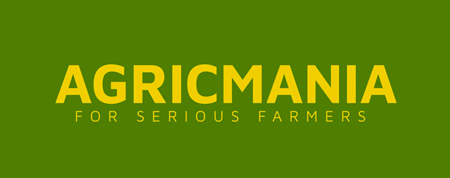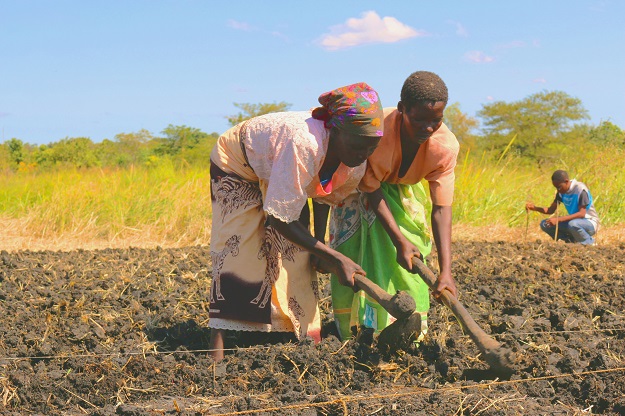By Almot Maqolo
HARARE – There is no doubt that women comprise a large chunk of the agricultural labor force globally and in developing countries. Women, on the other hand, are critical to rural economies.
Agriculture is Zimbabwe's economic backbone and will remain so for the foreseeable future.Due to a shortage of financing, rural women are unable to reach their full potential in agriculture. TheZimbabwe Women Microfinance Bank may be able to provide the necessary loans, albeit women's lackof collateral will need to be addressed.
Even when women supply agribusinesses and cooperatives as primary farmers – usually because theyinherited a field or engage in women-led value chains – they often lack the financial resources to investin their land, making them less productive than male farmers.
A gender disparity in agricultural productivity has been discovered in numerous research. UN Women conducted research in six countries and found gender inequalities in agricultural productivity ranging from 11% in Ethiopia to 28% in Malawi.
Women in agricultural value chains typically produce and earn less due to a lack of resources and equipment. Women farmers have a hard time affording and obtaining high-quality agricultural inputs like seeds and fertilizers, which can help them enhance yields.
Tractors, storage, irrigation systems, and other agricultural equipment that would enable mechanization and automation of on-farm tasks are mostly out of reach for women farmers. Structured restrictions, such as a lack of identity documents (ID) and access to finance or education, are the main causes of limited resource access.
According to the FAO, if women farmers had access to the same productive technologies and resources as men, their yields would improve by 30%.
Women have a hard time getting financial services that aren't provided by value chain participants or through informal channels. This restricts their ability to do so. Boost their farm's output by investing in it.
Even when women are able to obtain funding, the loan amounts are typically lower than those received by men.
The lack of collateral for instance land contributes to the financial divide, which is exacerbated by concerns such as inadequate financial knowledge, lack of legal paperwork, and limited mobility.
Finally, women have less knowledge on how to use inputs, how to farm sustainably, and how to trade in the sector, all of which would help them be more productive.
According to the FAO, women farmers receive only five per cent of agricultural extension services overall.
One explanation for women's poor engagement in agribusiness-led extension programs is that most trainings are geared toward landowners and household heads.
Another issue is cultural norms, which typically necessitate the consent of male community members before reaching out to women with extension programs.
To avoid disturbing gender dynamics, agribusinesses that acquire from women-led cocoa and tea value chains should consult male heads of households to provide training for women farmers, according to research undertaken by the GSMA AgriTech programme with Innovation Fund grantees in Ghana and Rwanda. Due to their lack of time and mobility, women are frequently unable to attend training courses.



